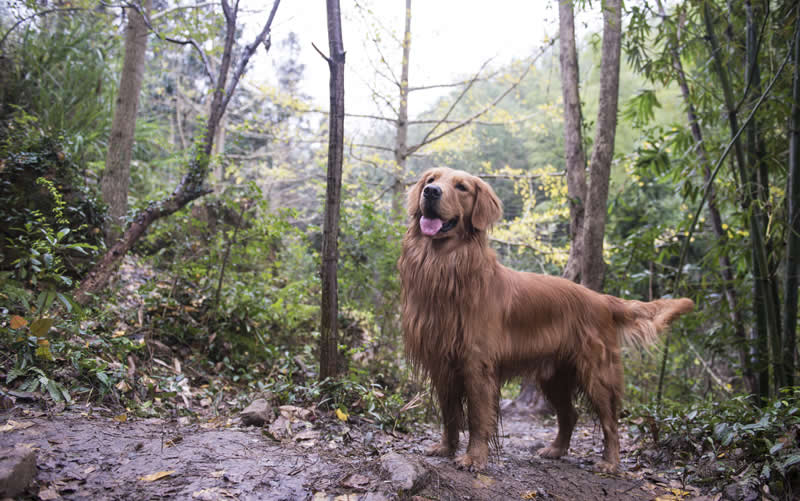Research into Alabama Rot (AR) is on-going, but at present we do not know what causes this devastating disease. Very sadly, we diagnosed our first case of AR in a local dog in March 2020.
Despite intensive care, we were not able to save the patient. The owners of the affected dog are kindly participating in a research project, and a ‘control’ group of dogs attending our practice have been invited to participate too.
The research project concentrates on the lifestyle and activity of affected animals, to try and establish whether geographic, climate and environmental risk factors can be identified for the condition.
Dog owners are understandably frightened for their pet’s welfare when a such a devastating disease is diagnosed in the local area. What should you look out for? Skin lesions like a scab, sore or ulcer are often seen.
These can appear anywhere but the muzzle, tummy and feet/lower limbs seem to be most often affected. The size, shape and location of the skin lesion can be very variable. Often they are dark red or purpleish in colour. Alongside the skin lesion, signs of your dog being unwell with lethargy, reduced apetite and vomiting are likely to be apparent.
These generalised signs are the result of kidney failure – which is commonly detected via a blood test. However, it is important to remember that not all AR dogs have signs of kidney disease when they first see a vet. Cases with skin lesions, but no kidney disease, often respond well to treatment of the skin lesions.
Diagnosis in the ‘skin only’ cases may be possible via a biopsy of the abnormal skin, although results take several days.
If kidney disease is identified, treatment involves intensive care with intravenous fluid therapy to support the diseased kidneys.
Pain relief is also appropriate as the skin lesions are sore (a dressing may be applied too). In some cases antibiotics may be used to prevent bacterial infection of the sore skin areas.
Sadly, many cases of AR with kidney disease do not respond to treatment. Diagnosis can be confirmed via histopathology of the skin lesions and the kidneys. This requires samples to be taken at a post-mortem.
At present, there seems to be some suggestion that wet, muddy areas present a risk factor. But this is yet to be supported by firm evidence. Dog owners are advised to rinse down, then dry their dog after wet or muddy walks, in case this helps remove an organism responsible for AR.
However with research continuing, this advice is the best we have available for the time being and may not prevent the disease.
It is vital to remember that this is still a rare condition. We see 1000’s of dogs each year and have seen one case since the practice opened in 2007. If you are concerned about your pet, please call us on 01497 820863.
For more information on AR, visit Anderson Moores website as this practice is coordinating research efforts: www.andersonmoores.com




